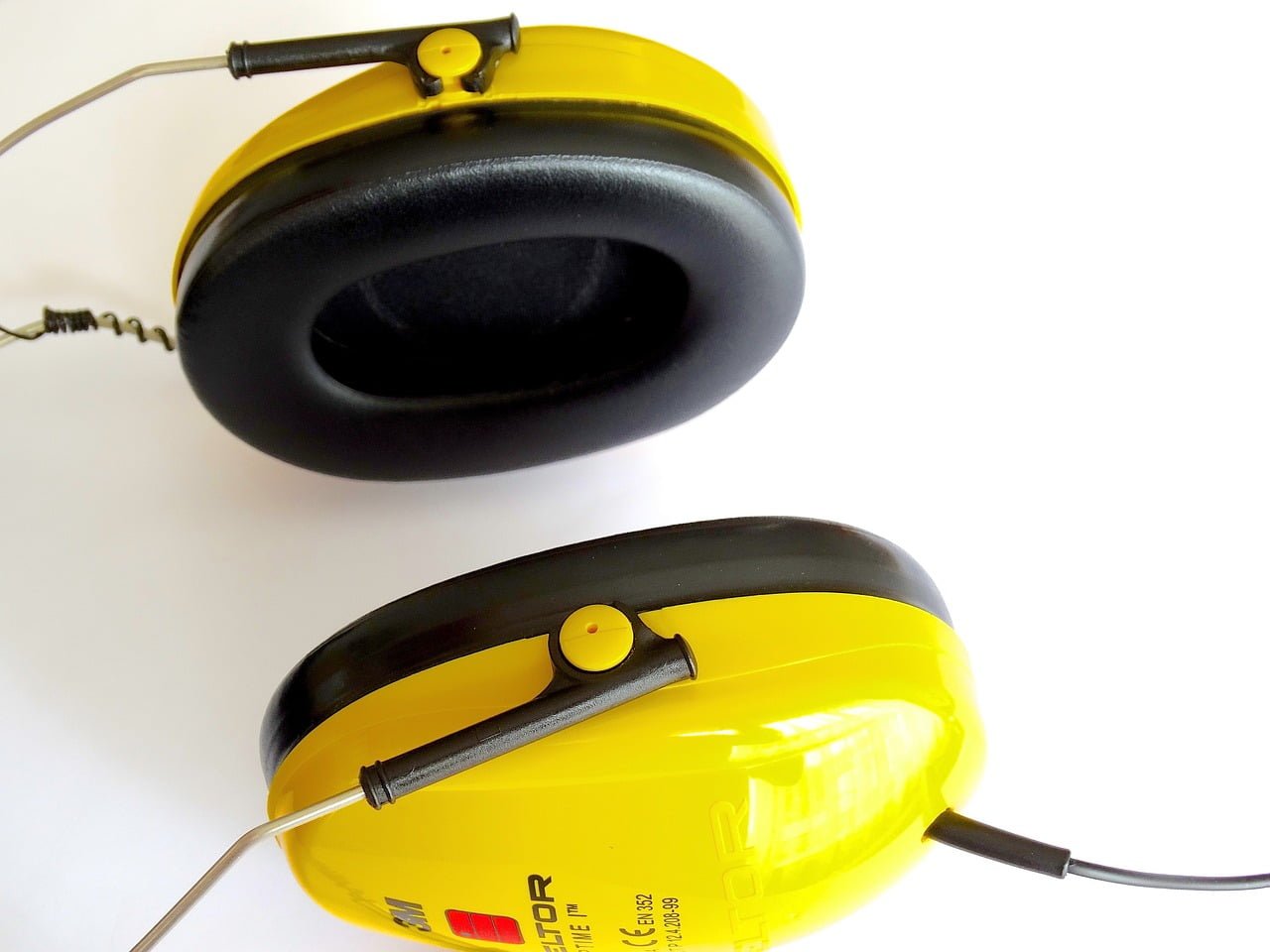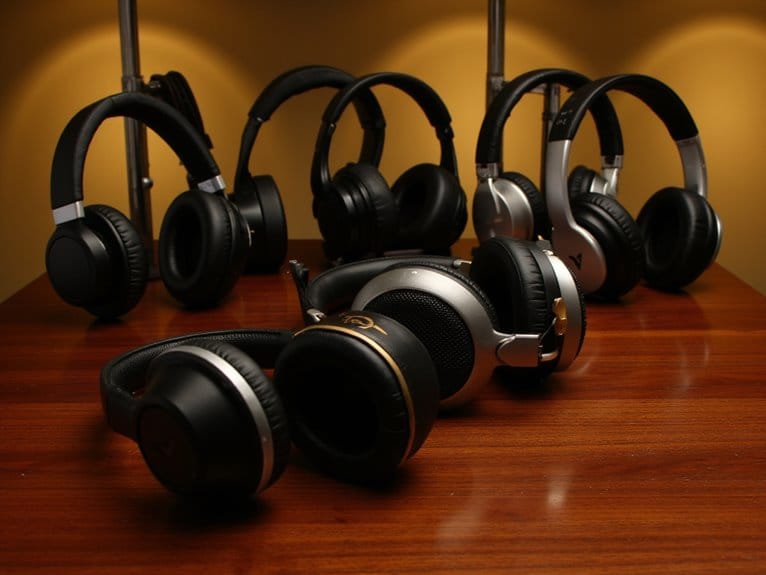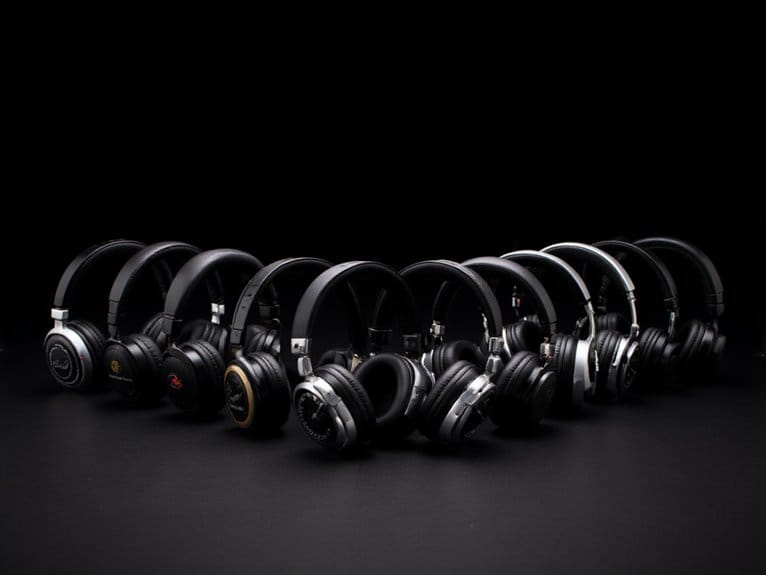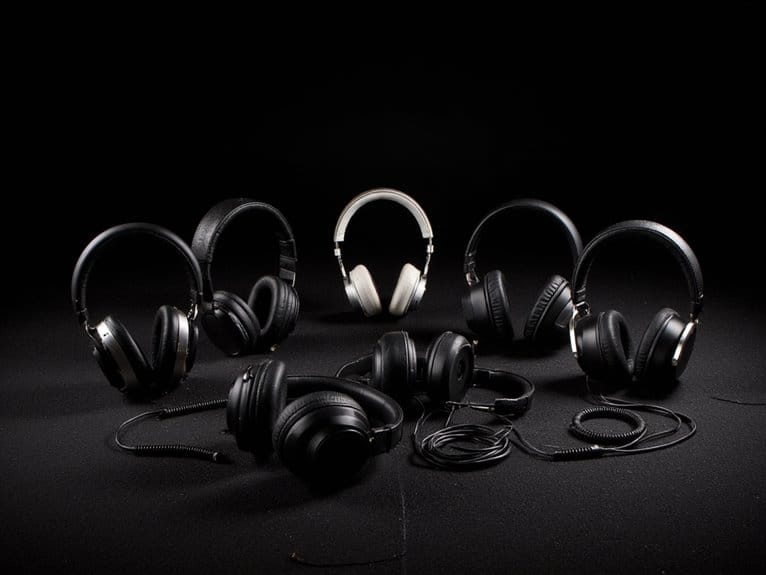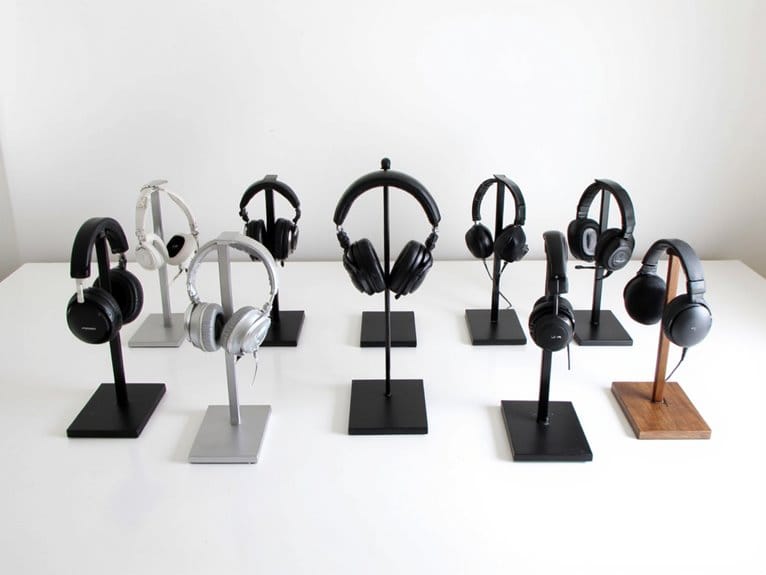Hearing Protection: Choosing Headphones With Built-In Volume Limiters
Hey there! Looking for headphones that won't harm your precious ears? Well, you've come to the right place! In this article, we're going to dive into the world of headphones with built-in volume limiters. Trust me, your hearing protection matters, and we're here to help you find the perfect pair of headphones that prioritize your safety and comfort.
We are supported by our audience. When you purchase through links on our site, we may earn an affiliate commission, at no extra cost for you. Learn more.
Now, let's talk about why hearing protection is crucial. We all love jamming out to our favorite tunes, but did you know that listening to music at high volumes can actually damage your hearing? It's like standing too close to a fireworks display – exhilarating in the moment, but harmful in the long run.
That's where volume limiters come in. These nifty features keep the volume in check, preventing it from reaching harmful levels. Think of them as your personal bodyguard for your ears, making sure you can enjoy your music without any worries.
When it comes to choosing headphones with built-in volume limiters, there are a few important factors to consider. Comfort is key, because let's face it, you don't want to be stuck with headphones that feel like a vice grip on your head. Look for adjustable headbands and cushioned ear cups that will keep you cozy for hours on end.
Sound quality is another crucial aspect. Just because you're protecting your hearing doesn't mean you have to sacrifice the music experience. You want headphones that deliver crisp, clear sound, so you can fully immerse yourself in your favorite songs.
Now, you might be wondering, "What are the best options out there?" Well, fear not! We've done the research for you and have some recommendations up our sleeve. From affordable options to high-end ones, we'll guide you through the top choices that tick all the right boxes.
So, are you ready to find the headphones that will be your trusty companions in the world of music while keeping your ears safe? Let's dive in together and discover the perfect pair that will make your listening experience a delight without compromising on your hearing health.
The Importance of Hearing Protection
When choosing headphones with built-in volume limiters, it's essential to understand the importance of protecting your hearing. Hearing loss is a common problem that affects millions of people worldwide. Exposure to loud noise, whether it's from music, concerts, or everyday activities, can have a detrimental impact on your auditory system. Research has shown that prolonged exposure to sounds above 85 decibels can lead to permanent hearing damage. This is where headphones with built-in volume limiters come into play. These innovative devices are designed to restrict the maximum volume level, ensuring that it doesn't exceed safe levels for your ears. By using headphones with built-in volume limiters, you can enjoy your favorite music without compromising your hearing health. It's a small investment that can make a big difference in the long run.
Understanding Volume Limiters
To understand volume limiters, you need to know how they work and their benefits for protecting your hearing. Volume limiters are electronic circuits that limit the maximum volume output of audio devices such as headphones. They are designed to prevent exposure to sound levels that can damage your hearing. When the volume reaches a predetermined level, the limiter automatically reduces the output to a safer level. This ensures that you can enjoy your music or audio content without risking hearing loss. Volume limiters are particularly important for children and individuals with sensitive hearing, as they can prevent accidental exposure to high-volume levels. By incorporating volume limiters into headphones, manufacturers are prioritizing your hearing health and providing a solution that allows you to enjoy your audio experience safely.
Factors to Consider When Choosing Headphones
To choose the right headphones with built-in volume limiters, you should consider several important factors. One factor to consider is the type of headphones. There are various types available, such as over-ear, on-ear, and in-ear headphones. Each type has its own advantages and disadvantages in terms of comfort, sound quality, and noise isolation. Another factor to consider is the frequency response of the headphones. A wide frequency response ensures that you can hear a full range of sound, while a narrower frequency response may result in some frequencies being lost or distorted. Additionally, you should consider the impedance of the headphones. Higher impedance headphones require more power to drive them, so make sure your device can provide enough power. Lastly, consider the build quality and durability of the headphones to ensure they will last. By considering these factors, you can choose headphones that not only provide hearing protection but also meet your audio needs.
Finding the Right Fit for Comfort and Safety
Consider the comfort and safety of the headphones by ensuring they fit properly. When it comes to finding the right fit for comfort and safety, it's important to consider the design and materials of the headphones. Look for headphones that have adjustable headbands and ear cups that can be rotated or swiveled to accommodate different head sizes and shapes. This will ensure a secure and comfortable fit. Additionally, choose headphones made from lightweight and breathable materials, such as memory foam or breathable mesh, to prevent discomfort during long listening sessions. It's also crucial to check if the headphones have a secure and snug fit, as this will help in reducing external noise and provide better sound isolation. By prioritizing comfort and safety, you can enjoy your music or audio content without any discomfort or risk to your hearing.
Exploring Different Types of Headphones With Volume Limiters
When exploring different types of headphones with volume limiters, make sure they meet your comfort and safety needs while providing the necessary hearing protection. There are various options available in the market that cater to different preferences and requirements. Over-ear headphones, for example, provide a comfortable fit and are effective in blocking out external noise. They often come with adjustable headbands and cushioned ear cups for extended use. On-ear headphones are another option, offering a more compact and portable design. In-ear headphones, also known as earbuds, are lightweight and convenient for on-the-go use. It is important to note that the effectiveness of the volume limiter may vary across different models and brands. Therefore, it is crucial to research and choose a pair of headphones that aligns with your specific needs and requirements.
Best Headphones With Built-In Volume Limiters
If you're looking for the best headphones with built-in volume limiters, it's important to choose a pair that prioritizes your hearing protection needs. One top option to consider is the Puro Sound Labs BT2200. These wireless headphones are specifically designed to limit the volume to a safe level of 85 decibels, protecting your ears from potential damage. They also feature a durable build, comfortable fit, and excellent sound quality. Another great choice is the JLab Audio JBuddies Studio. These headphones have a volume limiter set at 85 decibels and come with adjustable headbands and cushioned ear cups for a comfortable listening experience. In addition, they have a tangle-free cord and a foldable design for easy storage and portability. Both of these options provide great sound while keeping your hearing health in mind.
How to Use Headphones With Volume Limiters Effectively
To effectively use headphones with volume limiters, prioritize your hearing protection by following these guidelines. First, make sure to set the volume limit at a safe level. The recommended level is 85 decibels, as exceeding this can lead to hearing damage. Next, ensure that the headphones fit properly and create a seal around your ears. This will help to block out external noise and allow you to listen at a lower volume. Additionally, take breaks from using headphones to give your ears a rest and prevent fatigue. Finally, be aware of your surroundings and avoid using headphones in noisy environments, as this may lead to higher volume levels to compensate. By following these guidelines, you can effectively use headphones with volume limiters and protect your hearing.
Maintaining and Caring for Your Headphones
Now let's delve into how you can maintain and care for your headphones to ensure their longevity and optimal performance. To start, always store your headphones in a safe and clean place when not in use. Avoid exposing them to extreme temperatures, moisture, or direct sunlight, as these can damage the internal components. It is also important to regularly clean your headphones to prevent buildup of dirt and debris. Use a soft, lint-free cloth and mild cleaning solution to gently wipe the ear cups and headband. Additionally, be mindful of the cable and connectors. Avoid pulling or twisting the cable excessively, as this can lead to internal wire damage. Lastly, when transporting your headphones, use a protective case or pouch to prevent any accidental impact or pressure. By following these maintenance tips, you can ensure the longevity and optimal performance of your headphones.
Conclusion
In conclusion, when it comes to hearing protection, choosing headphones with built-in volume limiters is crucial. These headphones not only help prevent potential damage to your hearing, but also ensure a comfortable and safe listening experience. By understanding volume limiters and considering factors such as fit and type of headphones, you can make an informed decision. Remember to use headphones with volume limiters effectively and properly maintain them for long-lasting use. Prioritize your hearing health and enjoy your music responsibly.

